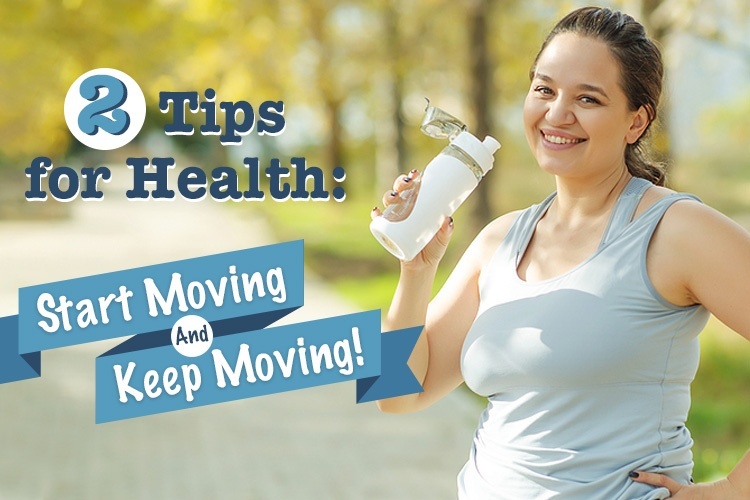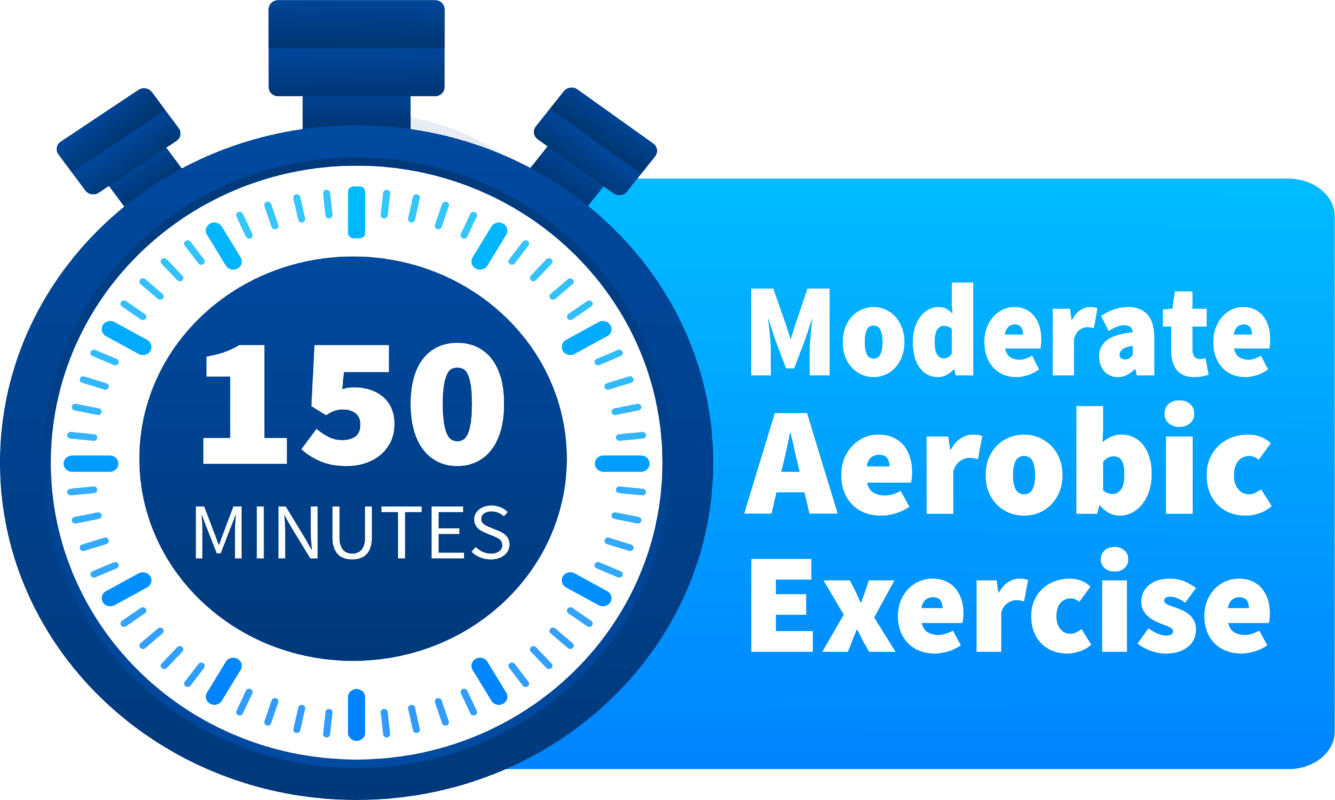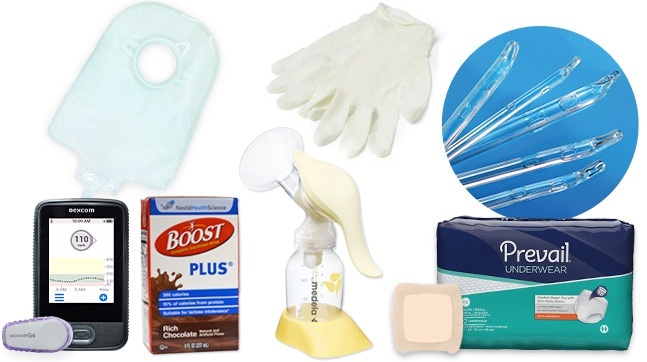Two Tips for Health: Start Moving and Keep Moving!
Movement really is medicine.
This post was reviewed by our Director of Clinical Excellence and Oversight.
When it comes to staying healthy, Thomas Jefferson had the right idea when he said: “Leave all the afternoon for exercise and recreation, which are as necessary as reading. I will rather say more necessary because health is worth more than learning!”

Since Jefferson’s time, we’ve learned that movement really is medicine! Active people at a healthy weight live about seven years longer than those who are inactive and obese. And according to the Centers for Disease Control and Prevention (CDC), physical activity can reduce the risk of dying early from leading causes of death, such as diabetes and heart disease.
Wow. Exercise Can Do All That?
While nobody has managed to invent a “health pill,” exercise comes close. That’s because it:
- Reduces the risk of heart disease, stroke, and some cancers
- Helps manage blood sugar
- Lowers blood pressure
- Helps control weight
- Increases bone and muscle strength
- Keeps your brain sharp
- Reduces sick days
- Helps relieve anxiety, stress, depression, and anger
- Boosts your energy level
- Helps older adults maintain their independence
There are lots of other benefits, as well. Staying active—tennis anyone?—can be a great way to socialize. A vigorous walk can improve your frame of mind. And many people say their daily workout helps them sleep better at night. Then there’s the price tag. The U.S. spends nearly $120 billion each year on healthcare costs related to inactivity!
How Much and How Often Should I Exercise?
The American Heart Association recommends at least 150 minutes of moderate, aerobic exercise (walking, cycling, swimming, jogging) per week. It may sound like a lot, but it’s really just five 30-minute sessions. Doable, right? Some people like to count steps and aim for 10,000 per day.

Two Tips for Health: Start Moving and Keep Moving!
To get the most benefit you need four types of exercise: endurance, strength, balance, and flexibility. Some activities, like walking with light weights, combine two types. Mixing it up also makes exercising more fun. You’ll want to check with your healthcare provider before starting any exercise program.
Endurance, or aerobic activity, benefits your heart and lungs. Examples are brisk walking, hiking, jogging, active yard work, dancing, swimming, cycling, or playing basketball.
Strength exercises build muscle and make everyday activities easier. You can build strength by weight lifting and using exercise bands.
Balance exercises are especially important as we age to help prevent falls. A good basic balance exercise is to stand on one foot, then the other. If you need to, hold onto a chair with one hand. Another is to simply get up and down from a sturdy chair without using hands or arms.
Flexibility helps with daily activities like bending down and getting up from the floor. Calf stretches are great for flexibility. Stand a little more than an arm’s length from a wall. With your feet shoulder-width apart, step forward with one leg and bend your knee slightly until you feel a slight stretch. Hold for several seconds, then repeat on the opposite leg.
While activity and exercise are both important, they’re not the same. Think about exercise as repetitive, focused, and structured, like playing soccer or jogging. Physical activity is a broader category that includes the many ways we move during the day. Examples are gardening, going up and down stairs, and running after kids on the playground. While structured exercise builds muscle and strengthens your heart, those mini bursts of activity add up, too. In fact, the experts warn against becoming an “active couch potato.” That’s someone who gets the recommended amount of exercise, but is mostly sedentary the rest of the day. Even if you’ve worked out, it’s not healthy to sit or lie around on the couch for hours on end. Your activity plan should include structured exercise as well as bursts of daily activity.
Nutrition and Mental Health
We know that eating well improves physical health. But did you know that nutrition is a factor in emotional wellbeing? An Australian researcher found that people with depression who ate better felt significantly happier than others who socialized more but didn’t make dietary changes.
Think Outside the Gym
Look for simple ways to build movement into your day. For many of us, it starts with sitting less. If you want to chat with a family member, head out for a walk instead of sitting around the kitchen table. Anticipating a long call? March quietly around the yard or the house. Some people do sit-ups during TV commercial breaks. You’d be surprised at how much activity you can pack in while you enjoy your favorite shows!

Make fitness fun. Dust off that old bike in the garage, or sign up for a dance class. Even better, get a friend to do it with you!
Here’s a way to get the whole family involved. Transform Movie Night into Movement Night. Take turns planning, with the requirement that everybody has to participate. In addition to the healthful activity, you’ll make memories playing Twister or driveway basketball!
If you’re ready to get more active in the new year, visit the website of the President’s Council on Fitness, Sports & Nutrition for ideas and information. Remember, fitness is a journey, not a destination. Even small steps can make a difference in mind, body, and spirit. The key is to find ways to exercise that you like and stick with the program, getting healthier and more confident as you go.
Why Is HCD Telling Me This?
You might be wondering why a medical supply company like Home Care Delivered would even spend time discussing the benefits of getting active. After all, we deal in insurance-covered medical supplies for conditions such as incontinence, diabetes, wound care, and ostomy. What does this have to do with exercise and activity levels?
The answer: A lot actually. While it’s true that HCD is a provider of medical supplies, we think of ourselves as being a partner working with the customer, their healthcare team, and their insurance company to achieve the customer’s healthiest outcome. To us, that means providing our customers with more than just the supplies they ordered. We also aim to provide the information they need to build healthy habits. Ultimately, these healthy habits have the potential to increase the efficiency of the products we deliver, making our customers even more healthy while decreasing their risk of developing other medical conditions.
Let HCD Do the Rest
If you need medical supplies for diabetes, urology, ostomy, incontinence, or wound care, HCD can help. Our knowledgeable customer care representatives can answer your questions about insurance coverage and supplies can be shipped right to your door. Best of all, we handle all the paperwork. Let us give you a call by entering your phone number on the bottom left of the screen. We are eager to help, call us, or enroll online today.

Medical Supplies Delivered to Your Door
Accurate Orders | Fast Delivery | Product Expertise

Disclaimer:
Unless otherwise noted, the recommendations in this document were obtained from the sources indicated. Be advised that information contained herein is intended to serve as a useful reference for informational purposes only. HCD cannot be held responsible for the continued accuracy of or for any errors or omissions in the information. All trademarks and registered trademarks are the property of their respective owners.
